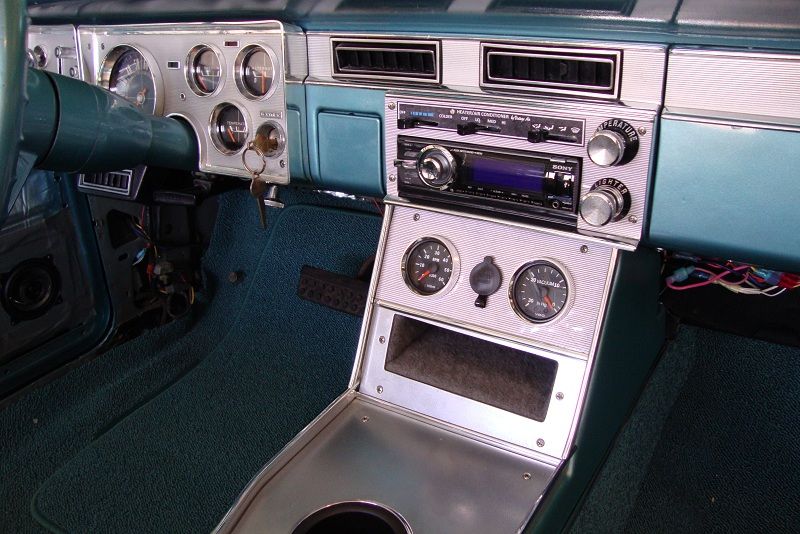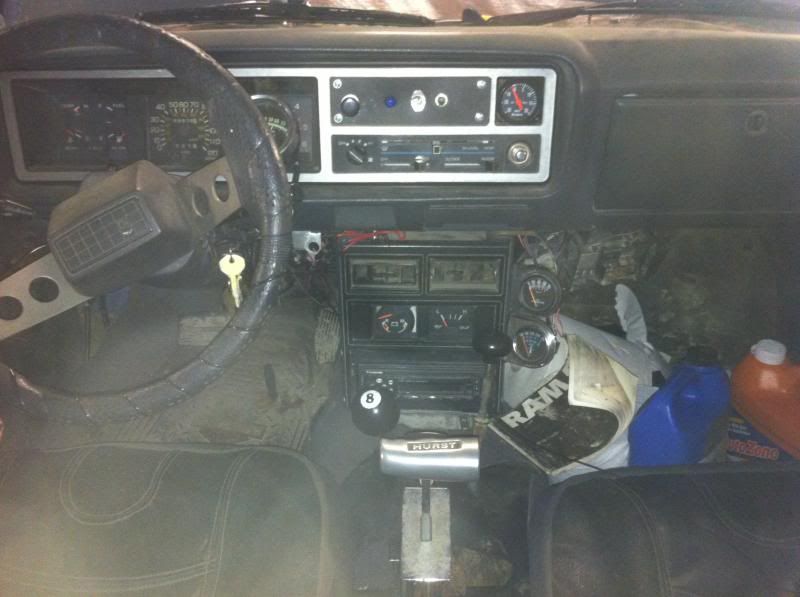adamfeber
Well-Known Member
I commonly find threads where members suggest issues that may be caused by a vacuum leak. Typically they talk about about hooking up a vacuum gauge from an auto parts store. I myself am fighting with an issue that may be from a vacuum leak and will be testing for loss of vacuum when put into gear.
I understand that it is easy to tune the car when it is up in the engine bay with you, but it seems like it would be also good to always keep on eye on vacuum to help diagnose problems. Do a lot of you run an aftermarket vacuum gauge in your car?
I understand that it is easy to tune the car when it is up in the engine bay with you, but it seems like it would be also good to always keep on eye on vacuum to help diagnose problems. Do a lot of you run an aftermarket vacuum gauge in your car?


















